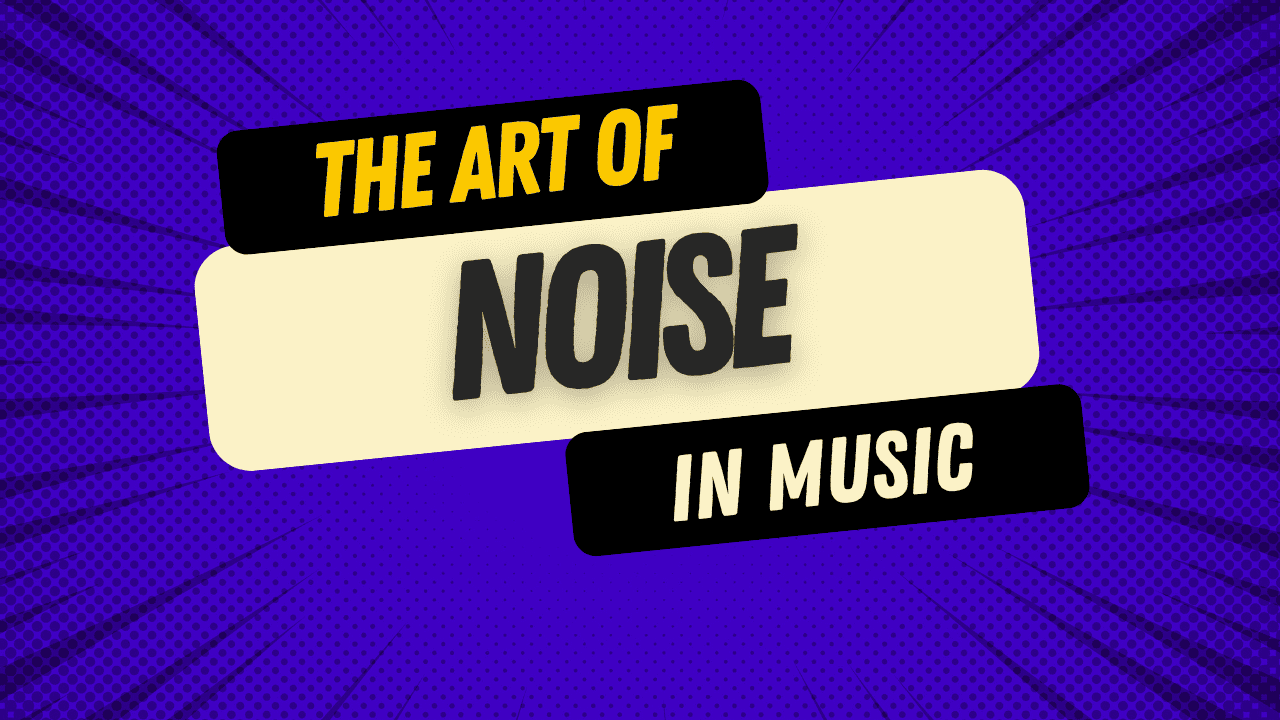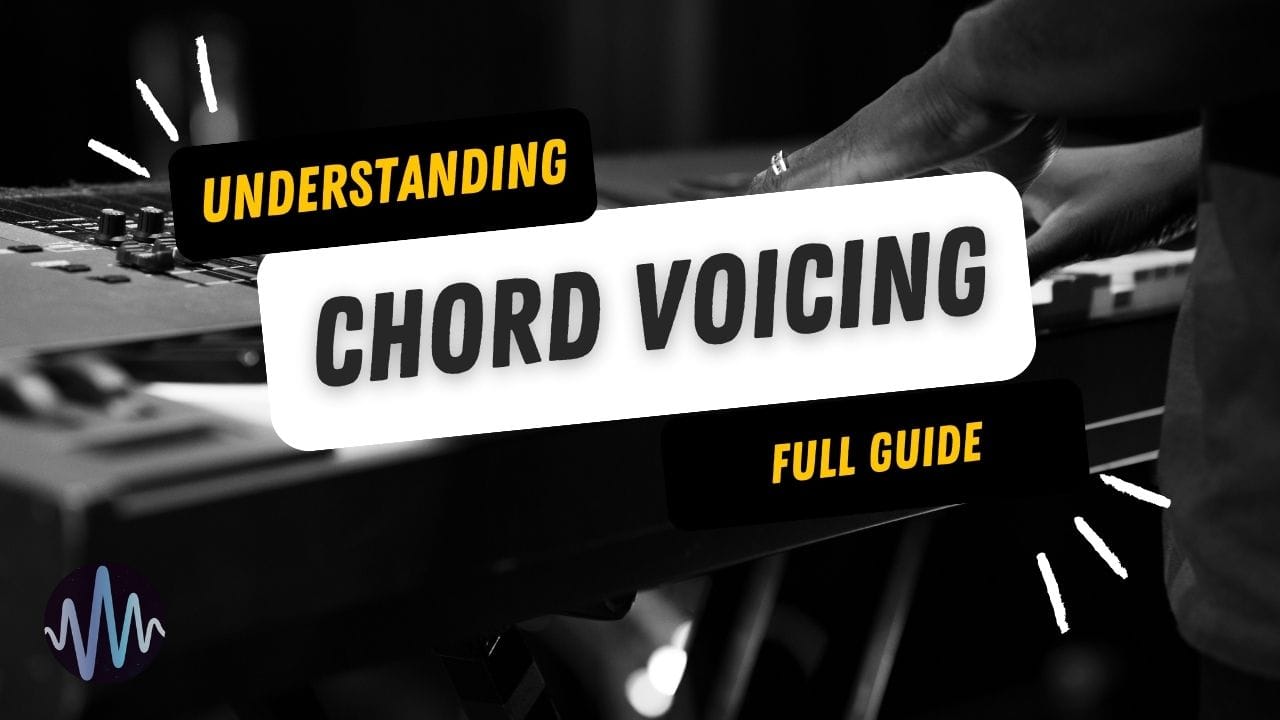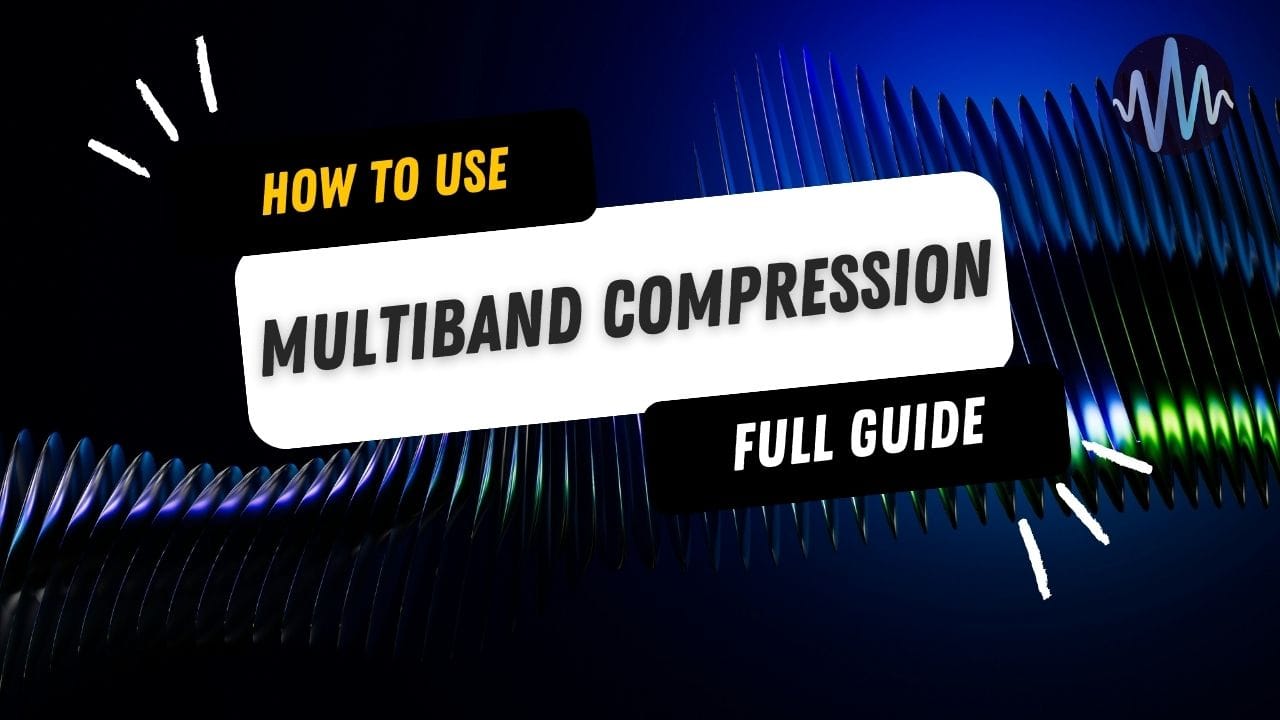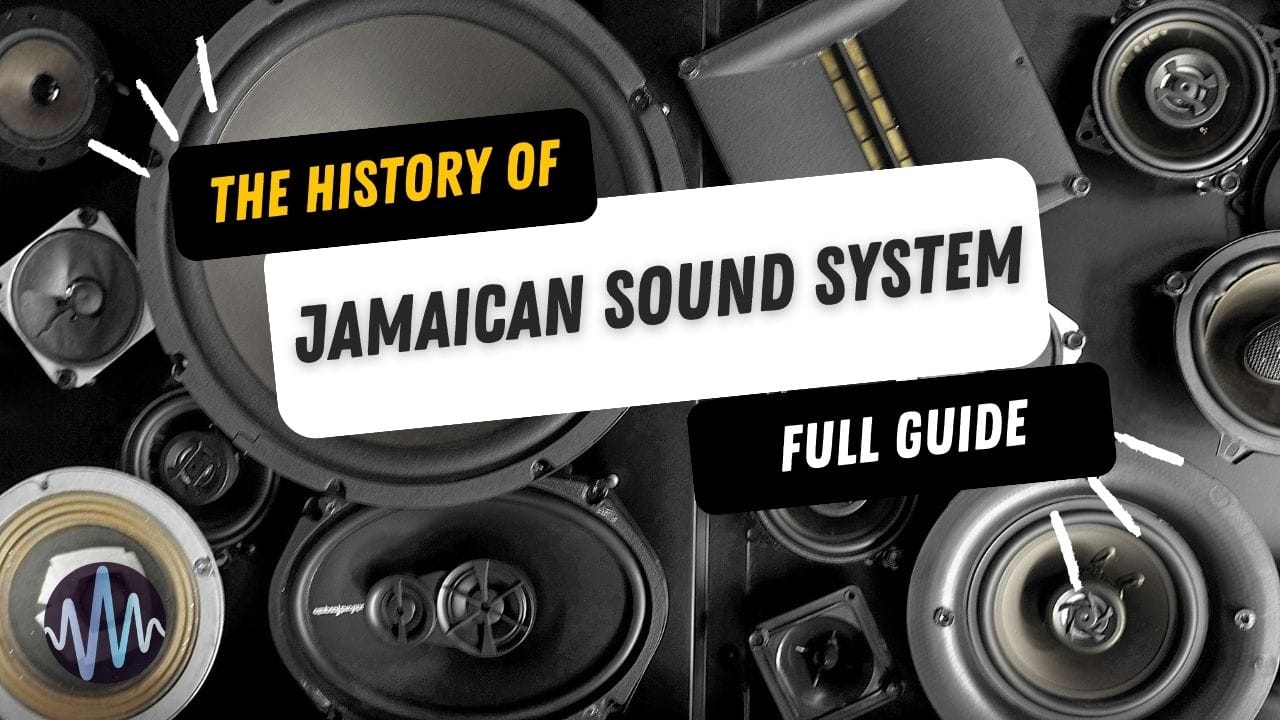
Noise has a bad reputation in music production. We're constantly told to eliminate hiss, remove room tone, and clean up our recordings until they're pristine and perfect.
However, noise can make music better – thicker, more atmospheric, warmer, more well-defined.
The real skill isn't eliminating all noise – it's knowing which noise helps and which hurts your sound.
Some of the most iconic recordings in history intentionally preserve or even amplify noise that less experienced producers might rush to remove.
Read on as we explore the different types of noise in music production, how legendary producers have used noise creatively, and practical tips for making smart decisions about noise in your own tracks.
Let's go!
Noise: Its Rise, Fall, and Persistence in Music Production
Noise has been an important element in music production since the earliest days of recording.
Phil Spector's Wall of Sound technique from the 1960s transformed pop music production by creating a dense, reverberant sound that felt larger than life.
Rather than isolating instruments for clarity, Spector packed studios with multiple guitarists, pianists, and percussionists, all playing simultaneously in echo chambers.
The technique deliberately captured the bleeding of sounds between microphones and the room reflections to create a lush, immersive wash of sound.
Classic recordings like The Ronettes' "Be My Baby" and The Righteous Brothers' "You've Lost That Lovin' Feelin'" showcase this technique, where individual instruments become less important than the combined sonic impact.
Throughout the analog era, producers saw that certain types of noise enhanced their recordings:
- Motown records used tape saturation to add harmonic richness to rhythm sections, slightly overdriving the recording equipment to create the warm, punchy sound that defined their catalog.
- Jazz producers like Rudy Van Gelder captured the natural ambiance of performance spaces, making the room tone an essential part of classic Blue Note recordings.
- Early rock producers embraced the natural distortion of overdriven amplifiers, transforming what was once considered unwanted noise into a cornerstone of the genre’s tone.
- Neil Young famously rejected digital recording, arguing that analog tape hiss contained harmonics that created musical depth.
- Hip-hop pioneers like DJ Premier and Pete Rock sampled vinyl surface noise to add texture and authenticity to their productions.
The Digital Revolution and the Quest for Silence
When digital recording became widespread in the 1980s and 90s, it came with a change in production style.
The focus turned to eliminating noise and cleaning up fuzzy analog recordings:
- CD-quality digital recordings with 16-bit and later 24-bit resolution offered dramatically lower noise floors than tape, making "silent" recordings possible for the first time.
- Engineers adopted extreme close-miking techniques, often recording instruments in acoustically dead spaces to minimize room sound.
- Noise gates became standard on every recording channel, automatically cutting any sound below a certain threshold.
- Early digital processors promised to identify and surgically remove every trace of "unwanted" sound from recordings.
- Commercial productions, especially in pop and rock, began to favor ultra-clean, heavily processed sounds over natural acoustics.
It was an era of digital purism that valued technical perfection above all else.
Albums – and their producers – were sometimes judged on their cleanliness rather than their character.
Digital tech was here – so why wouldn’t you use it? There’s always pressure to keep up with the times in music production!
Many recordings from this period sound impressively clear, eventually culminating in the "loudness wars" of the late 90s and early 2000s, pushing this trend further.
Anyone who tries to make their tunes ultra-loud knows the risk – heavily compressed mixes leave little room for natural dynamics or subtle noises.
The Pendulum Swings Back
Music production is fashionable – old fashions come back into style. Analog recording techniques are an archetypal example of this.
Beginning in the late 2000s, plugins started to push noise features again.
While analog emulation is nothing new, it’s ironically difficult to achieve with digital plugins. It’s only fairly recently that emulation has started to sound good and truly ‘analog.’
The Waves Abbey Road collection, released in the 2010s, was a big moment for analog emulation – aiming to bring the true analog emulation experience to the DAW.
Lo-fi has also rocketed in popularity. The lo-fi hip-hop movement embraced tape hiss, vinyl crackle, and limited frequency response as defining features.
Since then, major artists began returning to analog recording practices, with White Stripes' "Elephant" famously recorded on 8-track tape from the 1960s
Even mainstream pop embraced noise elements, with Ariana Grande's hit "thank u, next" and Travis Scott's "Antidote" incorporating subtle background noise textures for warmth and character.
3 Strategies for Using Noise Creatively
Not sure how to use noise in your tracks? Here are five practical methods for wielding noise to your advantage:
1. Reinforcement: Using Noise to Add Weight and Body
There's a reason producers still seek out analog gear in our digital age. Clean sounds often lack the weight that made classic recordings sound so good.
Digital recordings very often sound thin, especially when there’s a lot of space between sounds, common in trap, R’n’B, some forms of hip-hop, etc.
Adding the right kind of noise can make your tracks fuller without losing clarity:
- Place white noise under your snare drum. Filter it to keep just the mid-range frequencies, then set it to pop with each hit. Your snare will suddenly sound bigger without getting muddy. You can adjust the filter to find the sweet spot that mixes with your snare’s fundamental frequencies.
- Layer in a bit of tape hiss under quiet acoustic guitar parts. This fills the gaps between notes and helps the guitar sit better in the mix without disappearing.
- Add a noise oscillator to bass synths. Many classic analog synths did this automatically, which is why those old basslines have such weight and presence.
- Run clean drum samples through vinyl simulation. Even with subtle settings, the added grit makes beats sound more substantial without losing clarity.
- For vocals that sound too pristine, try printing them through analog-modeled plugins. The subtle noise floor helps seat the voice in the mix rather than floating unnaturally on top.
In many cases, the above effects can be achieved through plugins, but there are some cheap ways to tap into authentic hardware-driven analog effects.
A personal favorite is making a mic out of an old telephone, which you can do DIY or with pre-made kits from companies like Trash Talk.
2. Atmospheric Texture: Creating Space with Ambient Noise
Real spaces are never completely silent. Every room has its own sound – from electrical hum to subtle vibrations from outside.
While it’s practical to control rooms to gain a low-noise environment, many producers re-add the noise to their recordings.
Room sound acts as "mix glue," helping unify samples and recordings – whether they come from different rooms or are downloaded with varying noise profiles. Adding a consistent ambient space makes disparate elements feel like they belong together in the same sonic environment.
- Record the "silence" in your recording room. Later, add this room tone at low levels throughout your track to maintain a consistent sound between edits.
- Add field recordings that match your song's mood. Subtle street noise works for urban tracks, light rain for melancholy pieces, and cafe sounds for intimate songs.
- Use noise as transitions between sections. Instead of obvious effects like filter sweeps, try crossfading between different noise textures to move between verse and chorus.
- Add a consistent noise bed throughout sparse arrangements to prevent total silence between notes.
- For electronic music, run synth reverb tails through subtle distortion. This adds texture to the decay of sounds and makes digital reverb feel more natural.
3. Transient Enhancement: Using Noise for Punch and Definition
As we’ve touched on, you can use noise to make sounds clearer in the mix.
Natural sounds have noise in their attack – like the initial hit of a drum or the pick on a guitar string. These noise elements help our ears locate and identify sounds.
Adding controlled noise to the beginning of sounds can make them cut through a mix better without turning them up.
- Add subtle distortion to just the attack portion of drum hits. Even light tape saturation makes drums more present without making them louder.
- Process vocal consonants with gentle saturation. This helps them cut through a mix without making the whole vocal harsh or bright.
- Layer in filtered noise with the attack of transient sounds. A quick burst of mid-high frequency noise makes bass, snares, hats, claps, etc, more audible.
- For sampled instruments, add mechanical noises that match the real thing. Key clicks for pianos, breath for horns, and finger slides for guitars make samples sound more realistic.
- Use pink noise as a reference when mixing percussive elements. If your drums and percussion can cut through pink noise at moderate volume, they'll cut through your mix.
Using white noise to reinforce drum transients
The Creative Potential of Noise
Noise can transform sterile productions into living, breathing music, whether it's the warm hiss of analog gear, the subtle ambiance of a recording space, or deliberately added textures.
This is not about abandoning clarity – it’s about finding the sweet spot where noise enhances your music without overwhelming it.
When used with intent and skill, noise adds weight to drums, atmosphere to arrangements, punch to transients, harmonics to digital sounds, and continuity to your productions.
Looking to add atmospheric texture to your tracks?
Sample Focus has over 6,000 pads and atmospheres in the collection – from subtle ambient textures to evolving soundscapes and field recordings.
And that’s that – start embracing noise instead of fearing it!





Comments